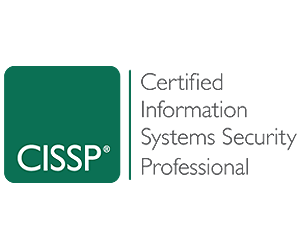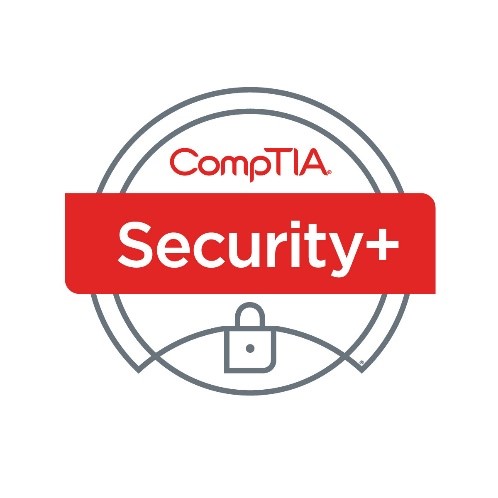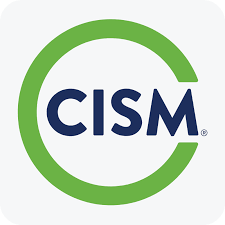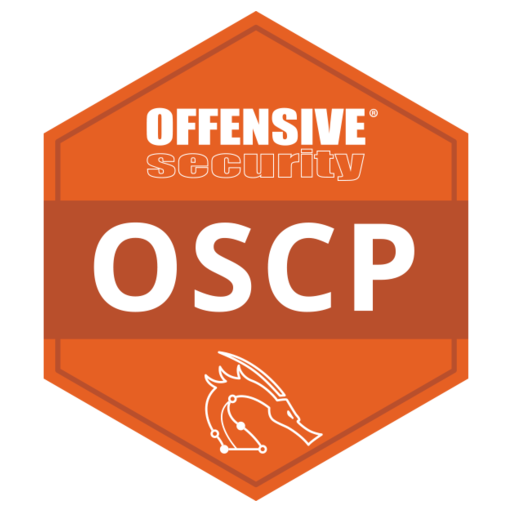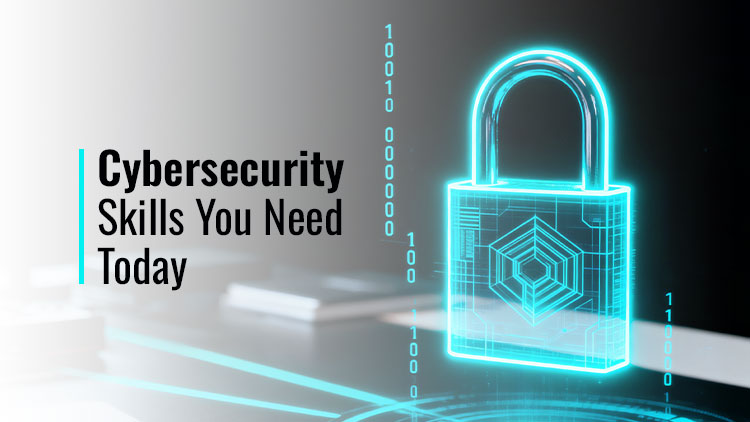
The Evolution of Cybersecurity Certifications: Which One Fits Your Career Path?
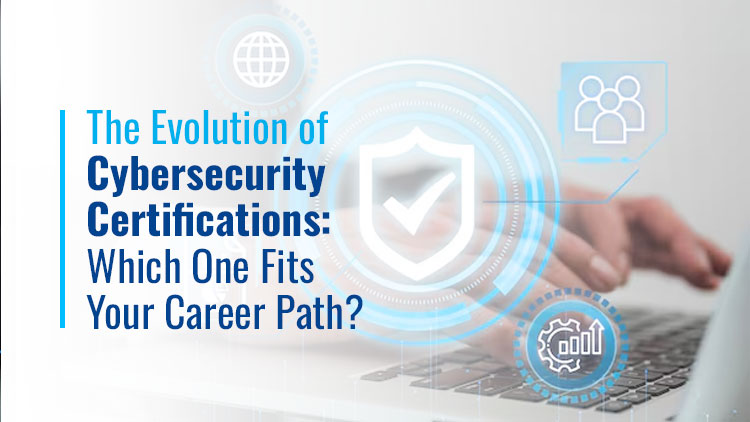
Introduction
As technology advances, cybersecurity remains at the forefront of safeguarding our digital environment. From individuals handling personal data to enterprises protecting sensitive information, the necessity for effective security measures has never been more pressing. This increased urgency has resulted in a significant need for skilled cybersecurity experts who can confidently address new threats. Earning a cybersecurity certification is one of the most effective methods to demonstrate your competence, establish a reputation, and gain access to exciting career opportunities. According to recent data from the International Association of Computer Science and Information Technology, approximately 78% of employers actively seek certified professionals when hiring for cybersecurity roles.
To help you gain a competitive edge and prepare effectively for certification exams, VERSAtile Reads offers specialized Exam Cram Notes and Practice Questions tailored to enhance your understanding and boost your exam success. Visit VERSAtile Reads today to start your journey toward a rewarding cybersecurity career.
The Evolution of Hacking
The history of hacking begins in 1903, when a magician deftly interrupted a demonstration of a secure wireless telegraph. Early hacking techniques were used by Polish and British codebreakers to crack the German Enigma machine in the late 1930s. The word “hack” had changed by 1955 to refer to the art of deftly modifying machines beyond their intended purpose. However, hacking started to take a malevolent turn in the late 1970s, which is when cyberattacks started to increase. As these dangers become increasingly sophisticated, cybersecurity has become an essential field to protect business and national interests.
History of Cyber Security Certification
1. From Early Foundations to Industry Standard
Cybersecurity certificates were not always as common or in high demand as they are today. The movement began in 1994 with the creation of the Certified Information Systems Security Professional (CISSP), which established standardized learning and professional credibility in information security. As technology improved in the early 2000s, the demand for more specialized knowledge became apparent. This progression resulted in the introduction of certificates such as the Certified Ethical Hacker (CEH) in 2003, which provided professionals with real capabilities in network defense, penetration testing, and incident response to combat growing digital dangers.
2. From Specialization to Innovation
Today, the world of cybersecurity certifications functions as a dynamic ecosystem, providing paths for every stage of a professional’s journey. Beginners frequently begin with certifications such as CompTIA Security+ or Certified Ethical Hacker (CEH), which provide a solid grounding in security principles and best practices. As experience grows, many people pursue specialist certificates such as Certified Information Security Manager (CISM), Certified Cloud Security Professional (CCSP), or Offensive Security Certified Professional (OSCP), which unlock deeper skills and correspond with specific career goals.
Milestones in Cybersecurity Certification History
| Year | Milestone |
| 1967 | The Information Systems Audit and Control Association, or ISACA, was founded to promote information system governance and auditing standards. |
| 1982 | The Association of Better Computer Dealers (ABCD) was founded as a professional membership organization for technology vendors and resellers. |
| 1989 | The International Information System Security Certification Consortium (ISC)² was established to standardize global information security certifications. |
| 1990 | ABCD formally rebranded as the Computing Technology Industry Association (CompTIA) to reflect its larger focus on the IT sector. |
| 1992 | CompTIA launched the first vendor-neutral IT certifications, establishing a global standard for technical ability. |
| 1994 | (ISC)² launched the Certified Information Systems Security Professional (CISSP) credential, which quickly became a global standard for cybersecurity knowledge. |
| 2002 | The 10,000th professional earned the CISSP credential, a significant milestone in the certification’s global adoption. |
| 2001 | The EC-Council was established. |
Selecting the Right Cybersecurity Certification Path
Choosing the right cybersecurity certification requires aligning your professional goals, current experience, and long-term aspirations. Start by defining your career objectives, whether you aim to focus on governance, compliance, cloud security, ethical hacking, or risk management.
1. Define Your Career Objectives
Begin by identifying your interests and desired career trajectory. Certifications such as CISM and CISSP are ideal for those aspiring to leadership or governance roles, while CEH, Security+, and OSCP are suited for hands-on technical experts. Aligning your certification choice with your long-term goals ensures that your learning journey supports both current and future ambitions.
2. Review Your Knowledge and Experience
Assess your educational background, technical skills, and practical experience. Entry-level certifications like CompTIA Security+ or (ISC)² CC are excellent for beginners, whereas experienced professionals may benefit from more advanced credentials like CCSP, CISA, or OSCP. Balancing theoretical knowledge with practical expertise helps solidify your standing as a well-rounded cybersecurity professional.
3. Evaluate Certification Prerequisites and Costs
Before committing, research each certification’s prerequisites, study materials, and exam structure. Some credentials require prior experience or prerequisite certifications. Additionally, consider training expenses, practice exams, and preparation resources. Strategic planning ensures that your investment supports both your professional growth and your financial goals.
To support your preparation, VERSAtile Reads provides comprehensive Exam Cram Notes, Practice Questions, and glossary booklets designed to simplify complex concepts and help you excel in certification exams.
Conclusion
Obtaining a cybersecurity certification is more than just a professional accomplishment; it demonstrates a dedication to development, knowledge, and digital responsibility. Each certification obtained improves your capacity to navigate and combat modern cyber dangers, while also enhancing your credibility in an increasingly competitive sector. With focused preparation, dedication, and smart learning, you may turn knowledge into opportunity and establish a meaningful career in the ever-changing field of cybersecurity.
FAQs
Q1. Why should you earn a cybersecurity certification?
Cybersecurity certifications validate your technical expertise and demonstrate your commitment to professional growth. They enhance career prospects, open doors to higher-paying roles, and establish credibility with employers seeking skilled professionals to protect digital assets.
Q2. How can you choose the certification that best fits your career goals?
Start by identifying your interests and career direction, whether it’s cloud security, governance, ethical hacking, or risk management. Research certifications like CISM, CISSP, CCSP, or CEH, depending on whether you aim for leadership roles or technical expertise.
Q3. Which certification should you start with if you are new to cybersecurity?
Beginners can build a strong foundation with entry-level certifications such as CompTIA Security+ or Certified in Cybersecurity (CC) by (ISC)². These certifications introduce essential security concepts, network protection techniques, and best practices for risk management.
- Published Date:

